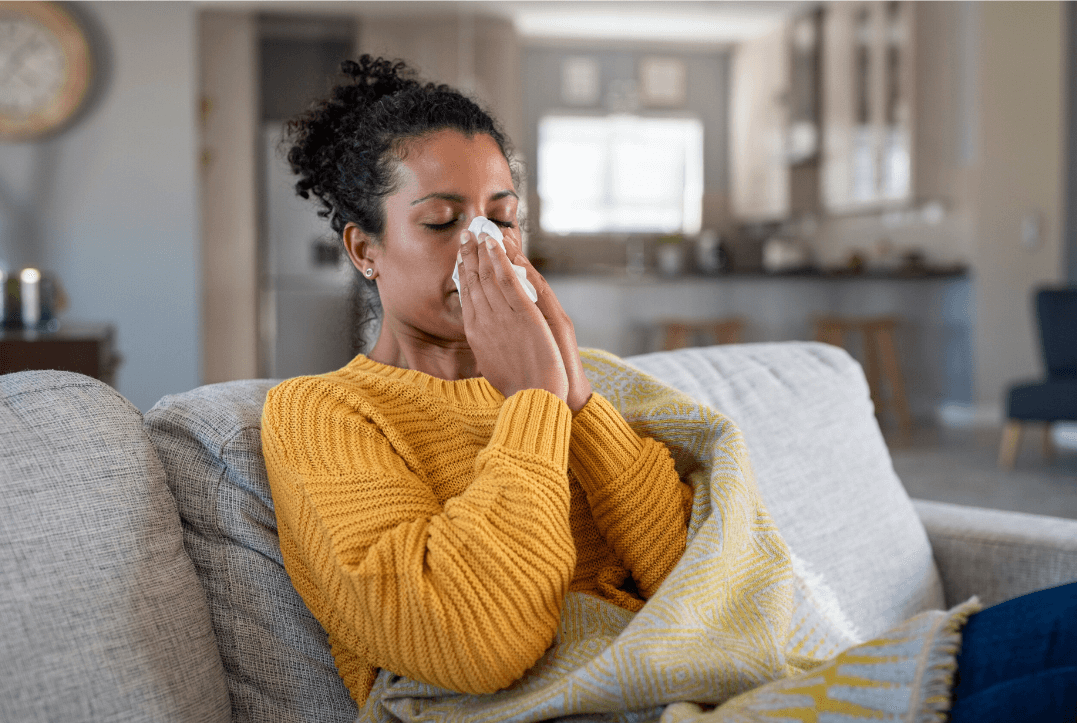Celebrating Australia Day with a traditional dessert of… possibly...Australian origin. Why do we say possibly? There is much contention between Australia and New Zealand as to which country actually invented this delicious dish!
What is not a contentious fact is that this dessert (& several other dishes) were named after the beloved Russian ballerina Anna Pavlova. She toured both Australia and New Zealand in 1926. Australians insist that the dessert was invented in a Perth hotel and named after a customer declared it “as light as {Anna} Pavlova.” Those in NZ say that a hotel chef in Wellington was inspired by Anna’s billowing tutu!
Either way, this dessert is found at pretty much every Australia Day celebration, so we’re topping it with our Australian Manuka to help combat the effects of the sugar on our oral and digestive systems and make it even more delicious!
Australia is home to 83 of the 86 known Leptospermum species worldwide, including the Leptospermum Scoparium species. Only one species is found in New Zealand, with the NZ species originating in Australia.
Exceptionally high levels of MGO have been discovered in Manuka honey samples sourced in Australia (Cokcetin et al. 2016). The levels of DHA and MGO found in some Australian honey are comparable to or higher than those observed in New Zealand Manuka honey.
Typically Australian Manuka is lower in cost due to there not being as many regulations as NZ. However, Since Australia doesn't have mandated testing, buyers should be more cautious when choosing which brand to purchase. Our Australian Manuka goes through the same testing process as our NZ Manuka, and each jar features a QR code that links to the test results for that batch so you can be sure that you are getting only 100% authentic Manuka honey.

Makes 1 Pavlova
Cook Time: About 3.5 Hours
- 5 egg whites (medium pasture-raised eggs) at room temperature
- 1 cup fine sugar (pulse sugar in a food processor to make it finer if you don’t have it)
- 1 tsp vanilla bean paste or extract
- 1 pinch of PRI Microplastic-Free Sea Salt
- ½ tsp cream of tartar
- 1 tsp cornstarch
Toppings:
- PRI Australian Manuka Honey
- Dairy-Free Whipped Cream
- Fruit of Choice (we used strawberries, blueberries, and raspberries),
Instructions:
- The night before making the recipe or a few hours before, place eggs on the counter to bring them to room temperature.
- Preheat the oven to 300ºF, prepare a baking sheet with parchment paper and draw a 7-8 inch circle on the parchment to guide you in the size of your pavlova.
- Separate the egg whites from the yolks and beat on high in a stand mixer with vanilla and cream of tartar. After the egg whites begin to froth up, slowly add one tablespoon of sugar at a time while still beating until a thick marshmallow meringue starts to form. Remove the bowl from the stand mixer and sift in cornstarch with a silicone spatula, be sure to do this gently, so you don’t lose the fluffiness of the meringue. Continue to mix on the highest setting until stiff peaks form. It should start to stick to the whisk attachment.
- Pour the mixture onto the prepared baking sheet and use a silicone spatula to create the shape of the pavlova you desire. We used vertical swoops for a nice nested nest texture. Scoop some out of the center, giving you room for fruit and whipped cream.
- Next, place it in the preheated oven, immediately lower the temperature to 250ºF and bake for over an hour or until it starts to crack slightly, don’t let it brown too much. Immediately turn the oven off and leave the door closed for an hour to let the meringue set and dry out for that perfect crispy but soft melt-in-your-mouth texture. Next, open the door a crack for another hour to let it dry out to perfection.
- Finally, assemble the delicious toppings! Gently place the pavlova on a cake stand, and top it with a generous layer of whipped cream, strawberries, blueberries, and raspberries. Drizzle PRI Australian Manuka Honey over it for the perfect Australia Day dessert!
Australian Manuka Honey 150+

$ 27.49
Our family was the first to bring distinctive, authentic, cool-processed, raw Manuka Honey to the U.S. Sourced from native Manuka trees found in New Zealand & Australia, Manuka Honey has been used for centuries by native peoples. Today doctors, naturopaths,… Read More





